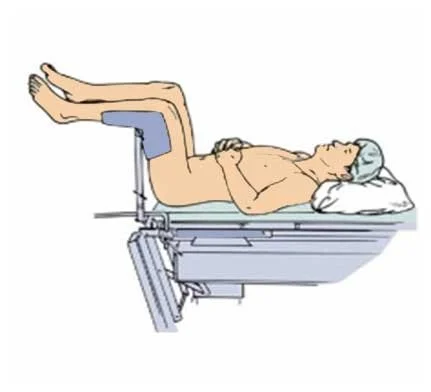Pelvic Floor Dysfunction After Surgery
Surgeries are supposed to “fix” problems, right? No surgery is without risk. This blog is about potential pelvic floor dysfunction after surgery. Type in “pelvic floor dysfunction after surgery” into Google and it spits out a lot of resources on “surgeries to fix pelvic floor dysfunction”.
No Google, that's not what I meant!
Examples of such surgeries include prolapse or bladder sling surgeries to address the anatomical position of certain organs within the abdominal or pelvic cavity. After being a pelvic floor therapist for over 7 years now, I look at my “traditional orthopedic” patients with different eyes. I have also had several pelvic floor patients that present for therapy for developing a pelvic floor dysfunction after a surgery. Below I will discuss examples of pelvic floor patients who had a surgical history that contributed to their pelvic floor dysfunction. Maybe this describes you.
Scar tissue
Any time your body is cut, it heals itself by laying down scar tissue. The sole purpose of scar tissue is to close the opening that was created. Whether this is through small incisions for a scope, or a larger incision for a c-section. That scar tissue doesn’t know when to stop and will frequently adhere to “non cut tissue” right next to it. These adhesions can create restrictions within the tissue and prevent or alter blood flow and movement from occurring. I FREQUENTLY see scar tissue from c-sections (horizontal incision above the pubic bone) adhere onto the bladder and restrict movement contributing to bladder urgency.
Examples include:
Scar tissue from a gall bladder removal can reduce bowel mobility within your abdominal cavity.
Scar tissue in the vagina from a prolapse repair can restrict movement and potentially lead to painful sex.
Scar tissue from a c-section can adhere to any of the surrounding pelvic organs (uterus, bladder, bowel) or abdominals and start pulling and creating pain as the bowel or bladder fills.
Scar tissue from vaginal tearing during a delivery can lead to painful sex.
credit: https://www.springphysio.co.uk/physio-blog/c-section-self-massage-tecniques
Moral of the story…. Any time there is scar tissue present, do scar massage/mobilization on it to improve tissue movement. Just make sure to wait until the tissue is healed and scabs have fallen off.Not sure how to do it? Ask your physical therapist, or click here for more detailed instructions. Another way that surgery can lead to pelvic floor dysfunction is through the tissue that is actually cut during the procedure, the changes in walking afterward, body positioning during surgery, and constipation from opioids.
Muscles cut through
The muscles that make up the pelvic wall are actually hip muscles. Sometimes these muscles are cut during hip surgeries, such a total hip replacements, labral repairs, etc.
Gait abnormalities (aka walking funny)
Surgeries or injuries to a limb (ACL, ankle sprain, knee replacement, etc) can frequently mess up your walking. When walking is asymmetrical, there is an uneven wear and tear on the muscles in the pelvis. Know anyone who had a knee or hip replacement and flared up an old back injury? I sure do.
Body positioning during surgery
lithotomy position
During surgery, you are placed in a certain position for a prolonged period. This places your at risk of a nerve injury. The position used depends on the surgery completed. Above is the lithotomy position that is frequently used for gynecological procedures. The anesthesiologist will take every precaution to minimize this risk, but it is still there.
Constipation from opioids
It is common to have pain after a surgery and to have opioid medications prescribed, such as Oxycontin, Percocet, Vicodin, Demerol. Did you know that opiates are constipating? What happens when people get constipated? That’s right, you spend more time on the toilet and frequently you strain to try and pass the stool. Click here to refresh yourself on bowel dysfunction and proper pooping mechanics.
What to do about it?
If you think any of the above may have contributed to issues with your bowel, bladder, or sexual function, please seek a pelvic floor evaluation. Click here to schedule an appointment at Mid-Missouri Pelvic Health.




